Optimal Timing for Roof Inspections
Determining the optimal time for roof inspections depends on seasonal weather patterns and roof condition. Typically, the best periods are during mild weather when access is easier and conditions are stable, such as late spring and early fall. These times allow for thorough inspections without the interference of snow, heavy rain, or extreme heat, which can hinder visibility and safety.
Spring is ideal for assessing winter damage and preparing for upcoming seasons. It allows for early detection of issues like leaks or shingle damage caused by winter weather.
Fall inspections help identify damage from summer storms and prepare the roof for winter. Catching issues early prevents costly repairs and water intrusion during snow and rain.
After severe weather events such as hailstorms or heavy winds, inspections are crucial to evaluate potential damage and prevent further deterioration.
Inspections during extreme heat or cold are less effective due to safety concerns and reduced visibility. Scheduling during moderate weather ensures safety and accuracy.

A professional inspecting a roof during springtime, with clear skies and mild temperatures.
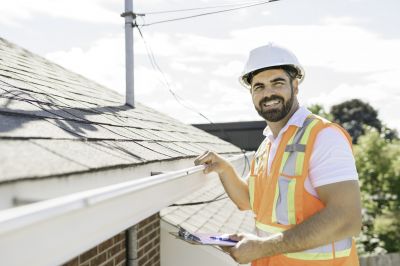
An inspector examining a roof in autumn, with colorful leaves and good weather conditions.

Assessing roof damage after a storm with dark clouds in the background.
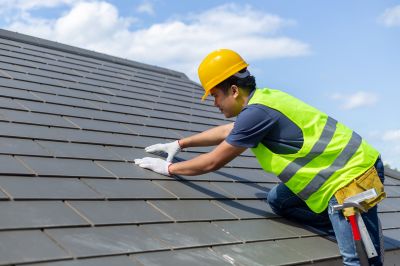
Ways to make Roof Inspections work in tight or awkward layouts.
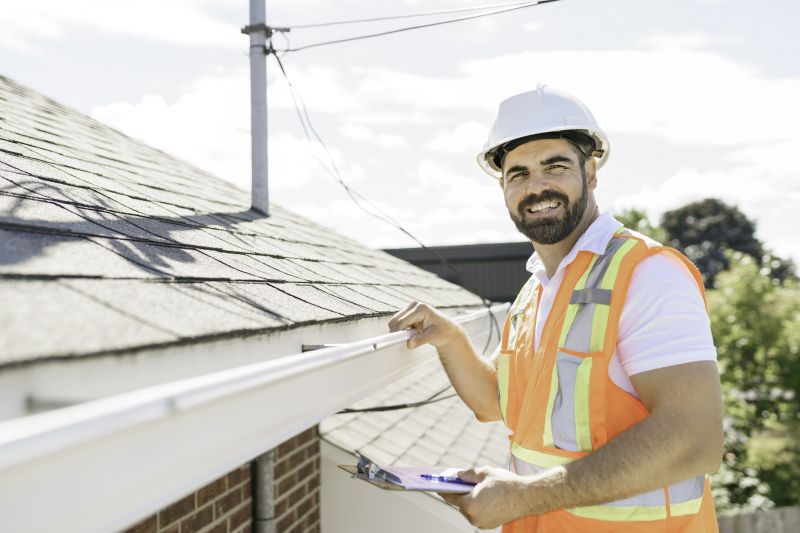
Popular materials for Roof Inspections and why they hold up over time.
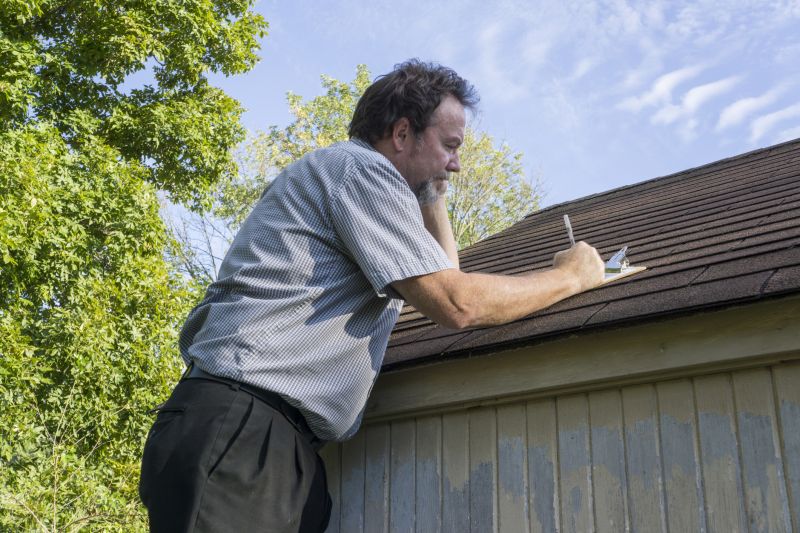
Simple add-ons that improve Roof Inspections without blowing the budget.
| Season/Timeframe | Best Practices |
|---|---|
| Spring | Assess winter damage, prepare for summer storms, schedule inspections early. |
| Summer | Perform inspections during cooler days, check for heat-related damage. |
| Fall | Evaluate summer wear, prepare for winter, inspect after storms. |
| Winter | Limited inspections due to weather; focus on visible issues and damage after storms. |
| Post-Storm | Immediate inspection recommended after severe weather events to assess damage. |
Roof inspections are essential for maintaining the integrity and longevity of a roof. Regular assessments can identify issues such as damaged shingles, leaks, or structural weaknesses before they develop into costly repairs. According to industry statistics, neglecting roof maintenance can lead to significant water damage and structural problems, often costing thousands of dollars in repairs. Proper timing of inspections ensures that potential problems are addressed proactively, extending the roof's lifespan and safeguarding the property.
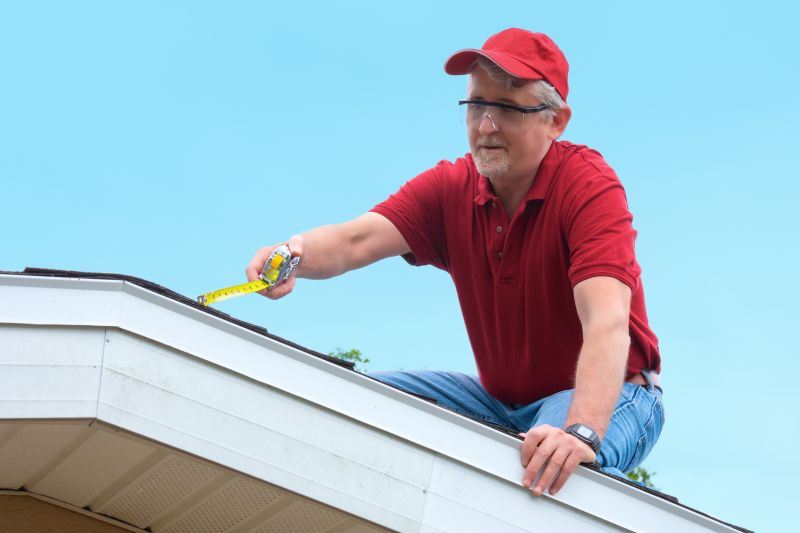
A professional inspecting a roof with safety gear and tools.

Detailed view of roof shingles showing signs of wear.
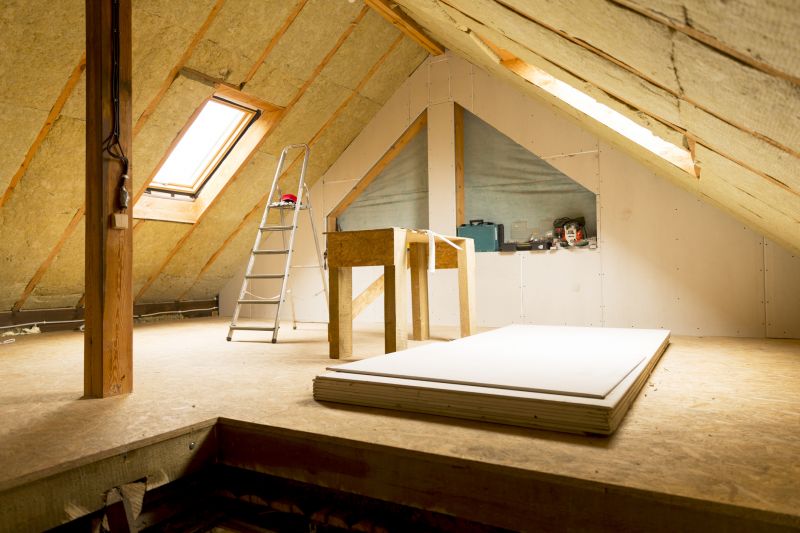
Checking for leaks and insulation issues from inside the attic.
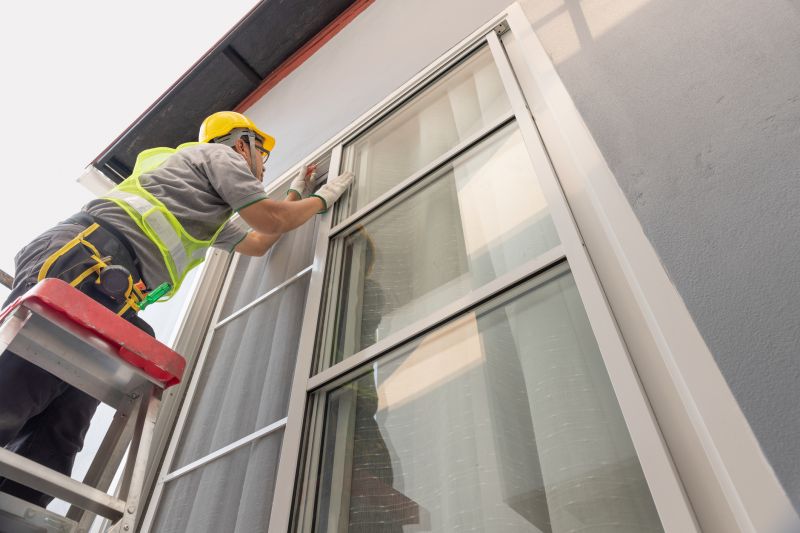
Evaluating roof damage after a storm with a ladder and safety harness.

High-end options that actually feel worth it for Roof Inspections.
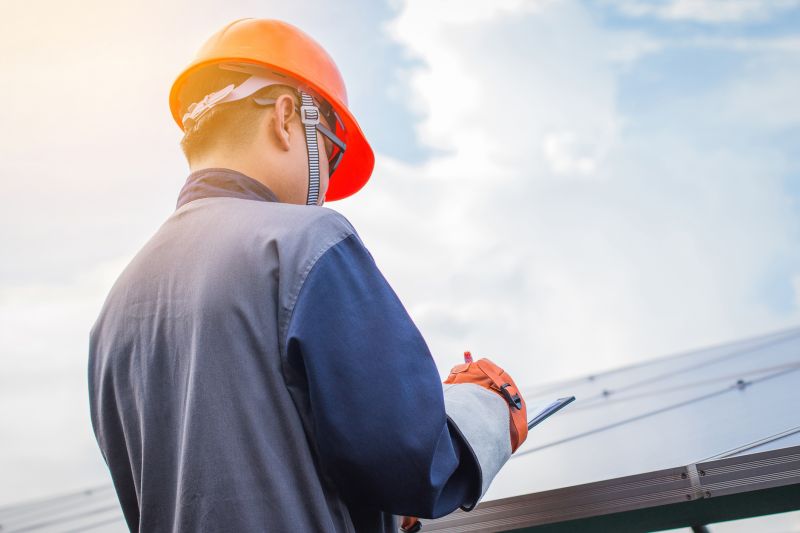
Finishes and colors that play nicely with Roof Inspections.
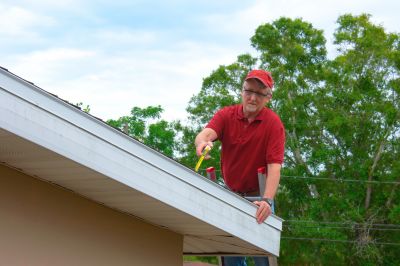
Little measurements that prevent headaches on Roof Inspections day.

A 60-second routine that keeps Roof Inspections looking new.
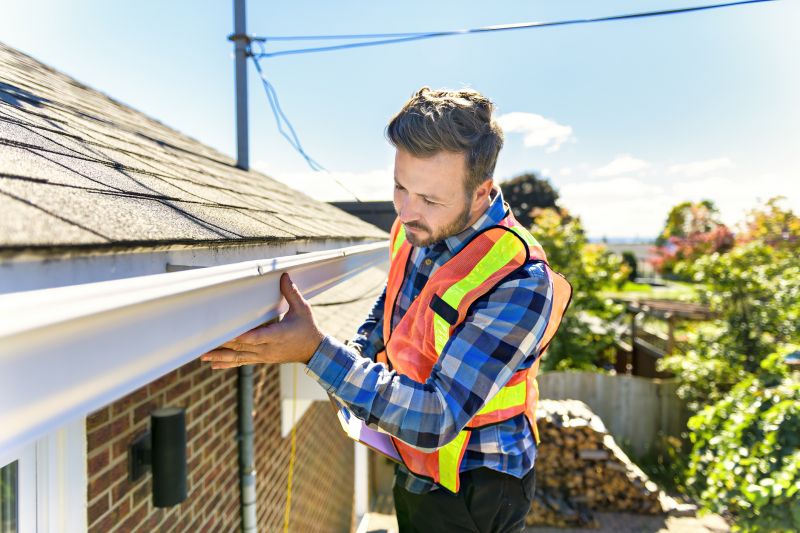
A frequent mistake in Roof Inspections and how to dodge it.
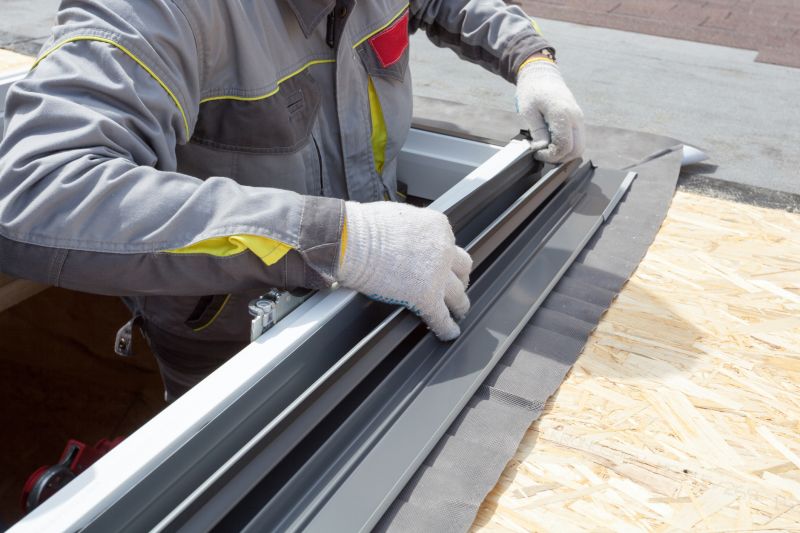
Small tweaks to make Roof Inspections safer and easier to use.
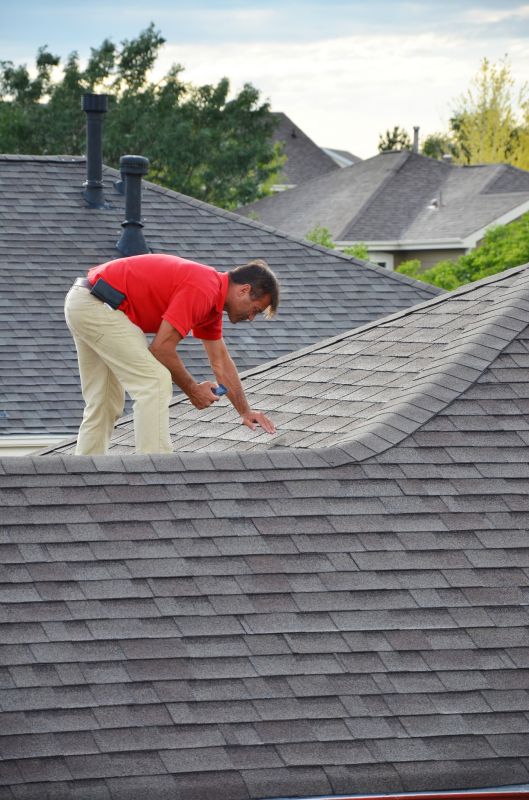
Lower-waste or water-saving choices for Roof Inspections.

The short, realistic tool list for quality Roof Inspections.
Interested in scheduling a roof inspection? Filling out the contact form provides an opportunity to assess the roof's condition and discuss potential maintenance needs. Regular inspections help ensure the roof remains durable, weather-resistant, and capable of protecting the property for years to come.
